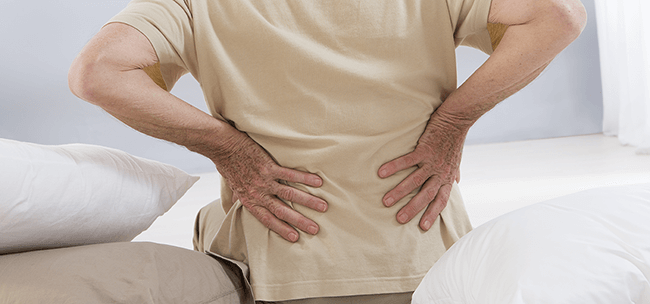This muscle strength, or lack thereof, can also affect the diaphragm. The human diaphragm is the main breathing muscle and plays an essential role in controlling the spine during postural control. Patients with low back pain are unable to support posture control during increased respiratory demand and subsequently become unstable and show respiratory fatigue. Improving the strength of the muscles inherent in breathing, then, could significantly improve the overall condition of individuals with LBP.
This blog post takes a look at a study that explores the use of inspiratory muscle training (IMT) for improvement of proprioceptive use for postural control in patients with non-specific low back pain.
Key Findings
- The human diaphragm is the main breathing muscle, but is also involved in posture control.
- People with low back pain are less stable during increased respiratory demand and show respiratory fatigue.
- 8 weeks of RMT improved stability on an unstable surface, decreased over-utilization of ankles and increased back use for stability.
- RMT also improved severity of low back pain.
Patient Impact
RMT effectively improves posture control and the severity of back pain.
Study Methods
The following variables were assessed throughout the duration of the study:
Study Results
IMT resulted in a significant difference in relative proprioceptive weighting on unstable surfaces with dominant proprioceptive back use, and decreased reliance on proprioceptive ankle use. IMT significantly improved severity of LBP as well as inspiratory muscle strength.
Proprioceptive deficits in patients with LBP, potentially caused by overloading of the inspiratory muscles, can be improved or reversed by IMT.

0 Comments